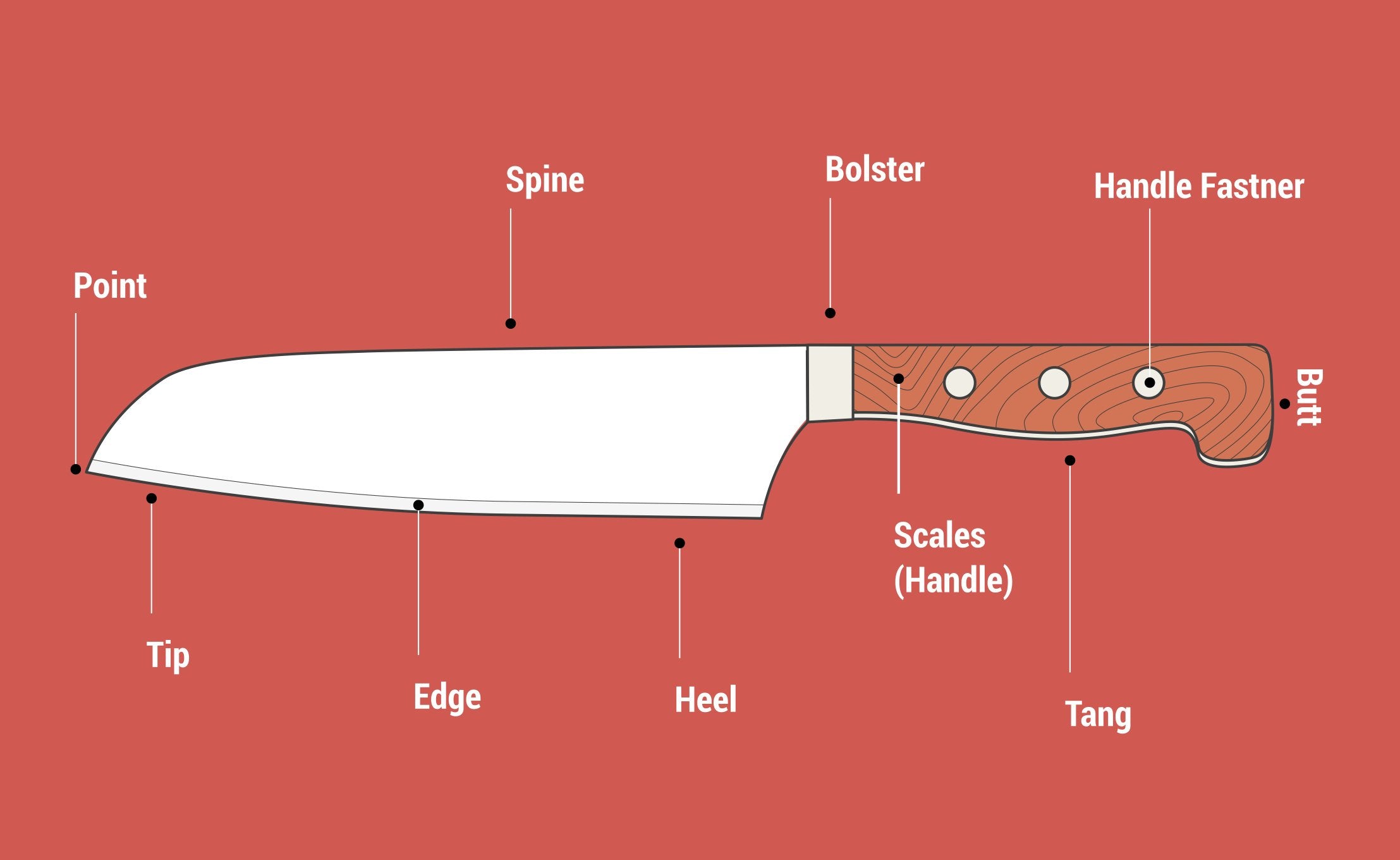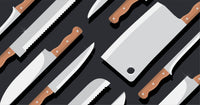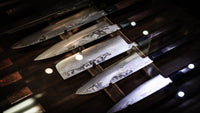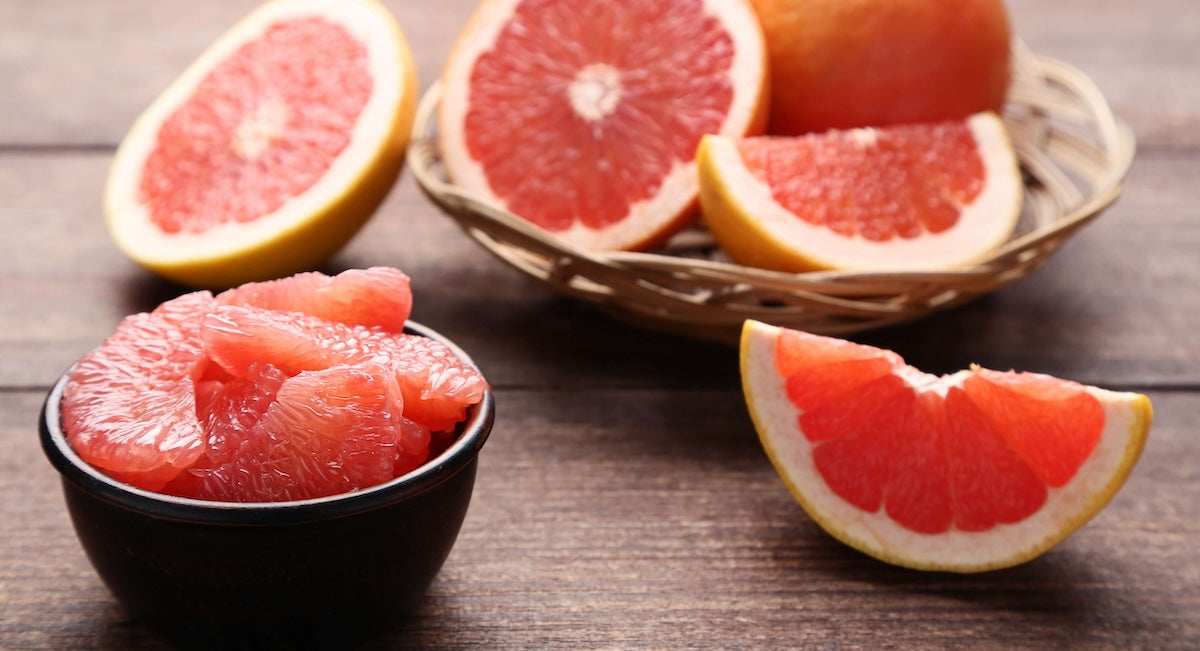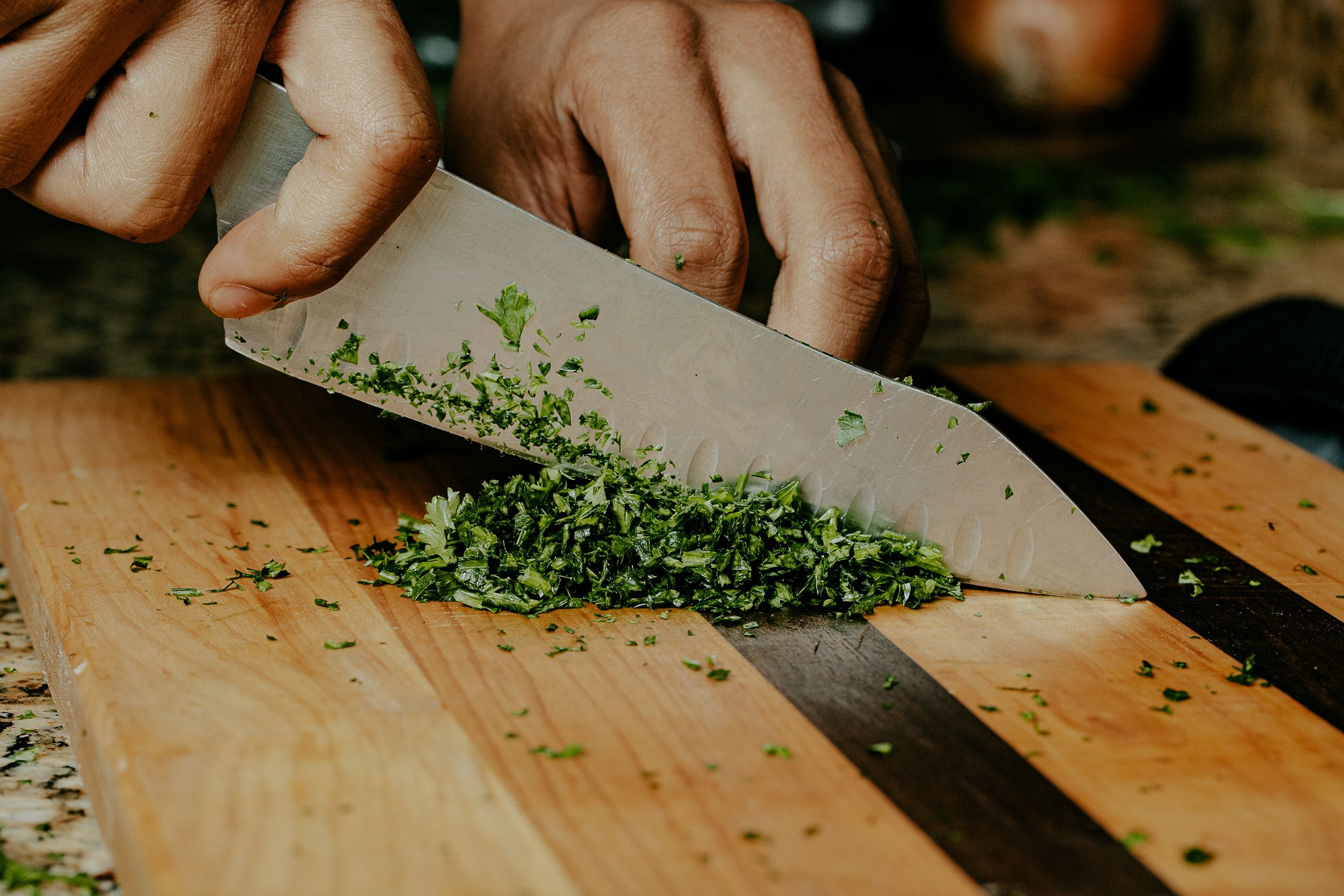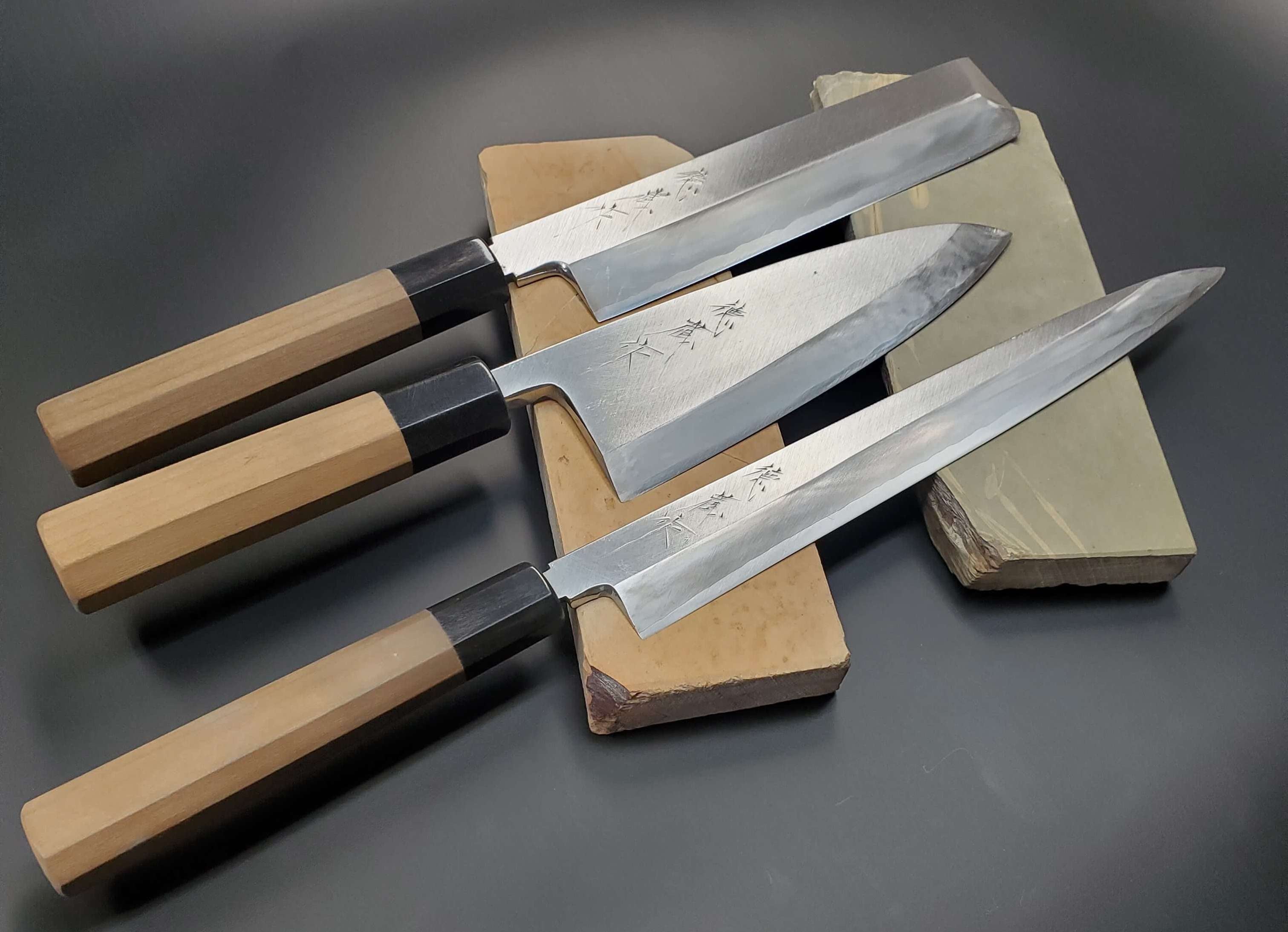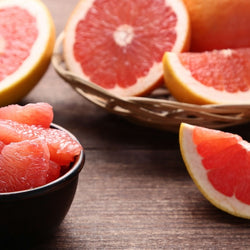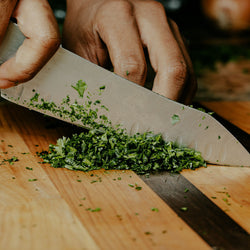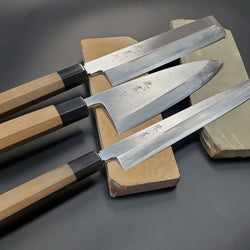Anatomy Of A Knife
How To Identify The Parts Of A Knife
Even though there are many different types of knives, almost every knife is built with similar features. A handle and blade are the most common, but there are many more parts to a knife that might not be as easy to identify. Let's discuss the parts of a knife a little further.

Knife Bolster
This is the balancing point between the blade and the handle, protecting fingers from the blade while adding comfort. Not all knives have bolsters.
Knife Handle
The handle can be molded or riveted and made from a variation of materials.
Rivets
Rivets are used to secure the handle in place. If the handle is molded, no rivets are necessary.
Tang
This is the portion of metal within the handle. A full tang is ideal and will provide strength and balance to the knife. Not all knives have a full tang.
Knife Blade
The sharpest edge is achieved using high carbon steel. The blade shape is designed for different functions. Cutting edge/blade: the center of the blade is the most frequently used part of your knife. Most knife blades become narrower from the heel end to the pointed tip
Heel
The heel of the knife is the part of the blade that is furthest away from the tip of the blade. This is the part of the blade you would use for quick, coarse cuts and for any jobs that require more strength or pressure.
Knife Spine
The spine (or back) of the blade is located opposite the cutting edge. It is distinctively thicker than the blade and also dull, making it safe to place your flat hand on top of it for added control and gentle pressure (of course not on double edged knives!).
Knife Point
The point of the knife is where the sharp edge and the spine meet.
Knife Tip
The tip of the knife usually runs along the first third of the cutting edge/blade, including the point of the knife
How well do you know your knives?
Test your knowledge with our fun video below.
